
SPV vs. Traditional VC: Pros and Cons
When it comes to investing in startups or other private ventures, choosing the right structure for pooling and deploying capital is key. Both Special Purpose Vehicles (SPVs) and traditional Venture Capital (VC) funds are popular methods, but they serve distinct purposes and come with unique advantages and disadvantages. Understanding these differences can help investors, fund managers, and founders decide which structure is better suited for their goals.
Consider this a guide – a guide where we’ll break down the pros and cons of both SPVs and traditional VC funds, helping you make an informed choice for your next investment venture.
What is an SPV?
An SPV, or Special Purpose Vehicle, is a separate legal entity created to serve a specific purpose or achieve a single objective. Typically, SPVs are formed to pool investor funds for a single investment opportunity, such as investing in a particular startup or asset. In the venture capital world, SPVs allow investors to concentrate their capital and risk on one target rather than spreading it across multiple companies, as traditional VC funds do.
What is a Traditional VC Fund?
A traditional Venture Capital (VC) fund is a pooled investment vehicle that raises capital from multiple investors to build a diversified portfolio of startup investments. Managed by a team of venture capitalists or general partners, a VC fund typically has a structured timeline (often 10 years) for investing in, growing, and eventually exiting from companies within the portfolio. In return, investors (limited partners) in the VC fund expect a return on their capital over time through profits or exits from the fund’s investments.
Pros of SPVs
Okay, now that we’ve sort of set the baseline of understanding about both of these options, we’re going to explore them in a bit more detail. First, the advantages that come with SPVs.
1. Flexibility in Investment Selection
SPVs allow investors to target a single, specific investment opportunity, giving them the ability to choose high-potential ventures on a case-by-case basis. This is ideal for investors who are highly selective and want more control over where their capital goes, unlike traditional VC funds that spread risk and capital across multiple startups.
2. Lower Management and Operating Costs
SPVs usually involve lower fees and costs compared to traditional VC funds. Since they’re typically created for a single investment, they don’t require extensive ongoing management and reporting, reducing administrative costs. This can be more cost-effective for investors, as they avoid the typical two percent management fee and 20 percent carry (profit share) that VC funds often charge.
3. Shorter Investment Timeline
Since SPVs are often set up with a specific investment and exit strategy, they can offer a quicker return on investment than traditional VC funds. Investors in an SPV may receive distributions sooner, especially if the underlying asset or company reaches a liquidity event, such as an acquisition or IPO, relatively quickly.
4. Simple Structure for Smaller Investments
SPVs are often used for smaller, targeted rounds or to allow a handful of investors to participate in a promising startup without needing a large commitment. This makes SPVs accessible for smaller investors who want to participate in private deals without the commitment of a multi-company VC fund.
5. Effective for Syndicating Investments
SPVs are commonly used to syndicate investments from multiple investors for one startup or project. They allow venture capitalists, angel investors, or even friends and family to pool resources for a specific deal, making it easier for smaller investors to participate in high-value deals.
Cons of SPVs
While SPVs clearly have some advantages, there’s a reason they aren’t used in every scenario. There are some risks and drawbacks that have to be accounted for. This includes:
1. Lack of Diversification
Since SPVs are designed to focus on a single investment, they lack the built-in diversification of a traditional VC fund. This increases risk, as the success of an SPV hinges entirely on the performance of a single asset or company. If the startup fails, the investors have no other investments to fall back on within the SPV.
2. Limited Lifecycle and Profit Potential
SPVs have a limited operational scope, which can limit the potential for compounding returns. Unlike VC funds, which grow their portfolio over time, SPVs are usually dissolved after the target asset is liquidated or the investment is exited. This limits the lifecycle and profit potential of an SPV, as there are no ongoing returns from other investments.
3. Higher Initial Capital Requirement for Investors
While SPVs can attract smaller investors in some cases, they still often require a sizable initial investment, as they’re focused on a single opportunity. Investors in an SPV need enough capital to support the single targeted investment without the benefit of pooling risk across multiple assets.
4. Less Operational and Strategic Support for Startups
Unlike traditional VC funds, which often provide hands-on support, mentorship, and resources to portfolio companies, SPVs are generally passive investment vehicles. They offer capital but may lack the additional strategic guidance and networking that VCs can provide to help the startup succeed.
Pros of Traditional VC Funds
Now, let’s take a look at the more traditional approach – which is to leverage a VC fund. There’s a reason so many people rely on this option, including advantages like:
1. Built-In Diversification
Traditional VC funds invest in a portfolio of startups, reducing the risk associated with any one company’s performance. This diversification is valuable for investors looking for exposure to the venture capital sector without the higher risk of single investments typical of SPVs.
2. Active Involvement and Support
VC funds are actively managed by experienced venture capitalists who provide strategic support, mentorship, and valuable connections to their portfolio companies. This hands-on approach can be critical for the growth and success of startups, potentially increasing the chances of a successful exit.
3. Potential for Long-Term, Compounding Returns
With their long-term, multi-investment approach, VC funds have the potential to generate compounding returns. Successful exits from multiple companies in the portfolio can create sustained returns for limited partners over the fund’s life.
4. Structured Investment Timeline and Strategy
Traditional VC funds operate within a structured timeline, often with set milestones for investment, growth, and exit. This timeline provides investors with a clearer picture of when they might expect returns and exit opportunities, typically around the fund’s 7-10 year mark.
5. Access to Exclusive Deals and Expertise
With established networks and deep industry knowledge, traditional VC funds have access to exclusive deals and emerging technologies that individual investors or small SPVs might not reach. This provides fund investors with a window into the highest-potential companies in the startup ecosystem.
Cons of Traditional VC Funds
Now, if you’re going to consider VC funds, you have to also think about some of the disadvantages or points of friction that you’re going to encounter. This includes:
1. Higher Fees and Expenses
Traditional VC funds typically charge a management fee (usually around two percent) and a carried interest fee (often 20 percent of profits). These fees can reduce overall returns, especially if the fund’s performance doesn’t meet expectations. SPVs, by contrast, tend to have lower costs due to their single investment nature.
2. Longer Investment Horizon
Traditional VC funds are long-term investments, often requiring a 7-10 year commitment from investors before any returns are realized. This lengthy time horizon can be a drawback for investors looking for quicker returns or more flexible exit options.
3. Reduced Control for Limited Partners
In a VC fund, limited partners have little control over individual investments, as decisions are made by the fund managers. This is in contrast to SPVs, where investors are directly involved in the decision to back a single target, giving them more control.
4. Complex Fund Structure
VC funds are complex investment vehicles that may require a deeper understanding of fund dynamics, legal structures, and tax implications. This complexity can add administrative layers that are less common in straightforward SPV structures, which often involve fewer compliance requirements.
Which Option is Right for You?
Both SPVs and traditional VC funds have their place in the venture investment landscape, and the best choice depends on your financial goals, risk tolerance, and desired level of involvement.
An SPV might be ideal if you’re interested in investing in a specific opportunity with targeted risk and a shorter timeline, while a traditional VC fund could be better suited if you’re seeking a diversified, long-term investment with hands-on management.
Whether you’re drawn to the targeted nature of an SPV or the built-in diversification of a VC fund, knowing the strengths and limitations of each structure will help you make informed decisions as you navigate the venture capital ecosystem.

Recent Posts
Newsletter
Get Latest News and Updates From VID.co! Enter Your Email Address Below.
Ready to get started with SPV formation?
Our team is here to guide you through every step, whether you’re launching a real estate SPV or need a tailored white label solution. Contact us today for a personalized consultation and find out how SPV.co can streamline your investment management.

.svg)


%201.svg)



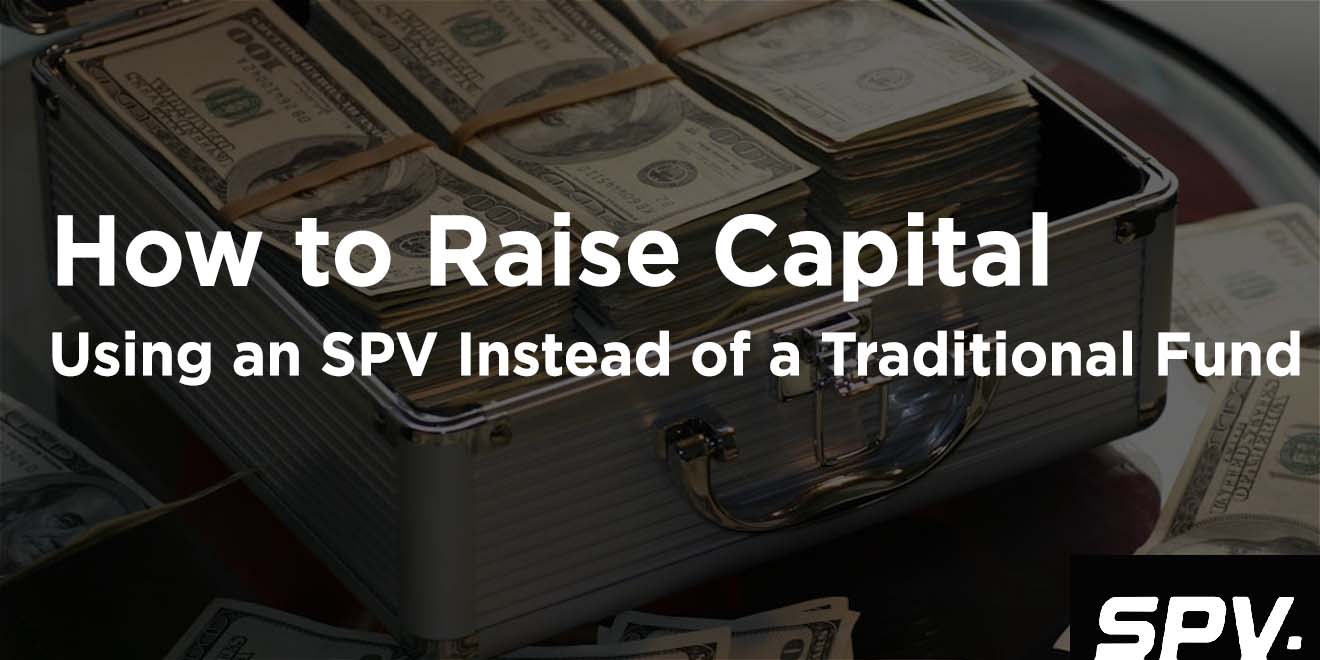



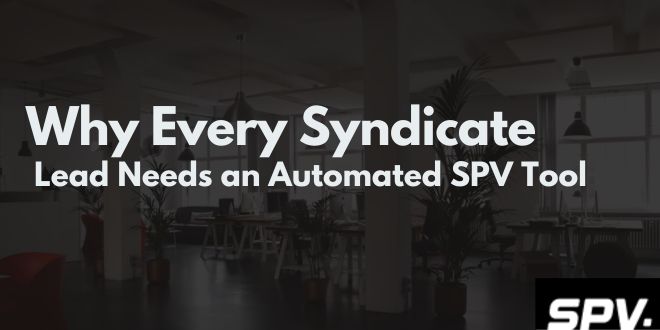
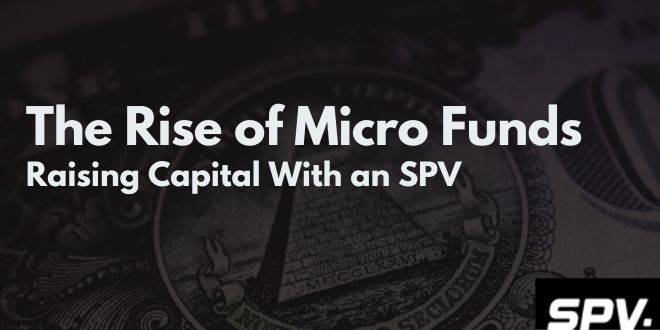
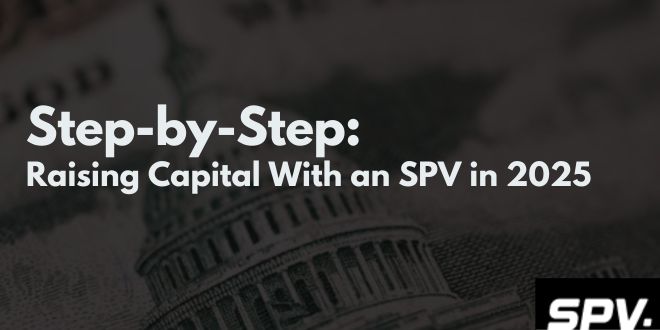



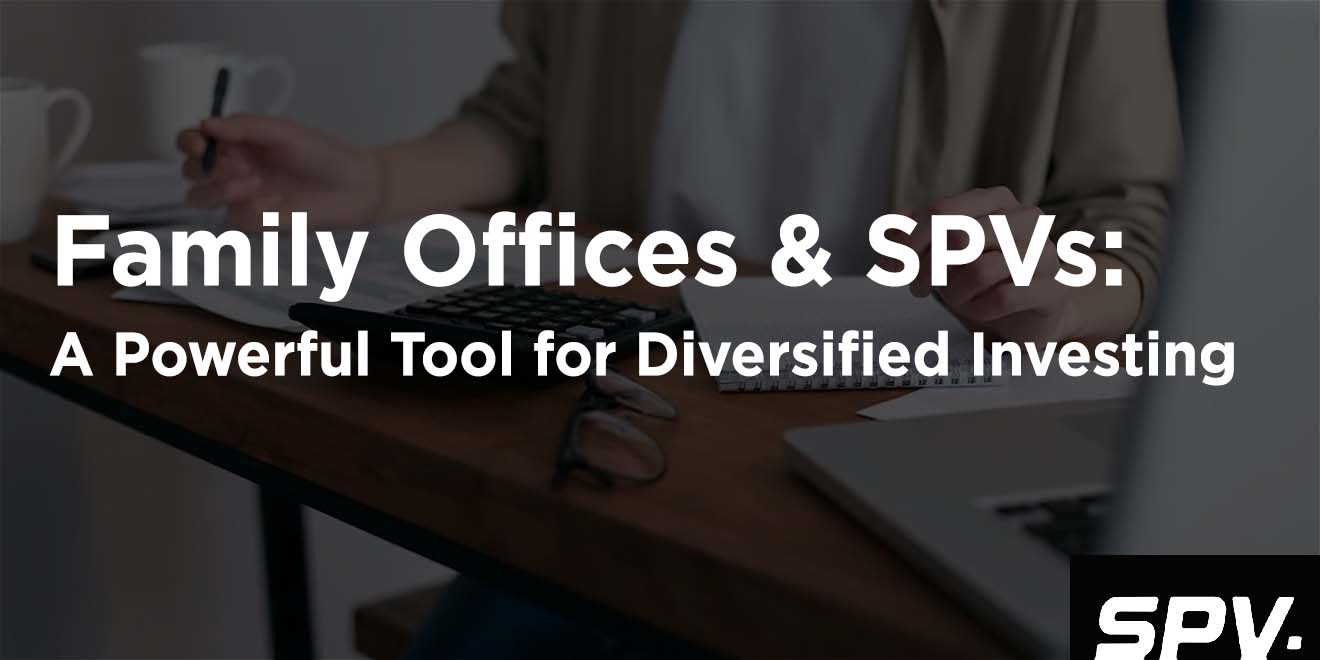



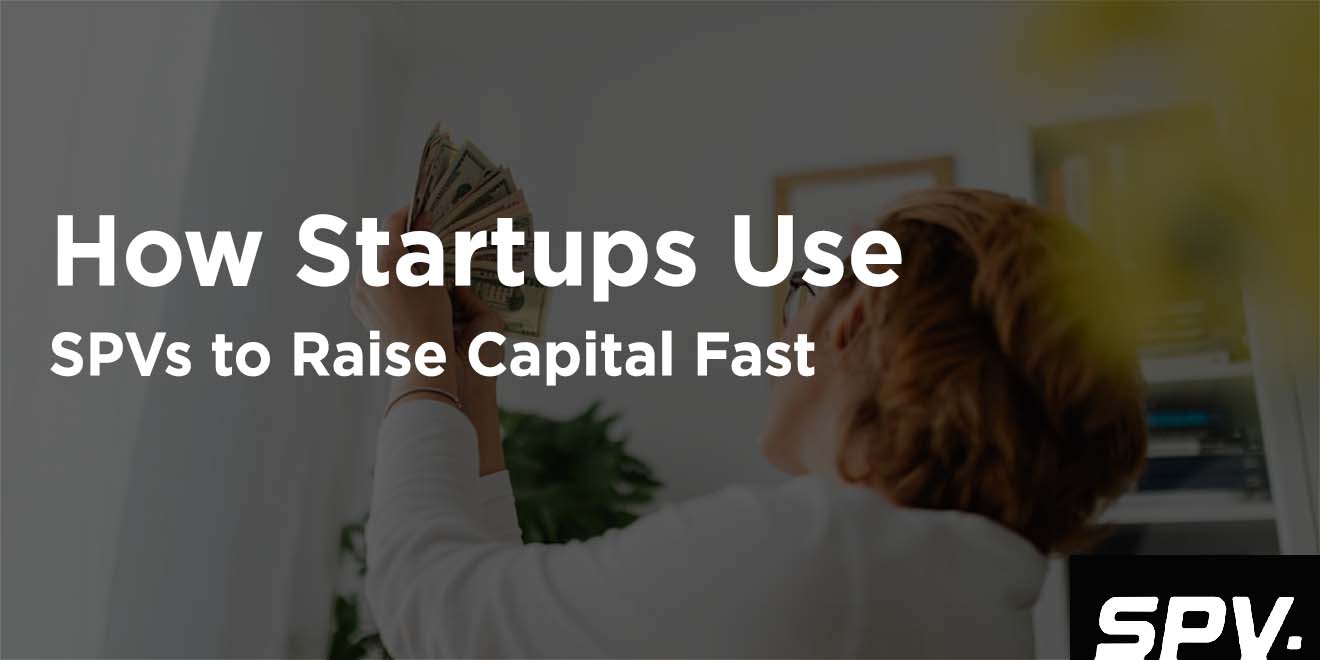


.jpg)





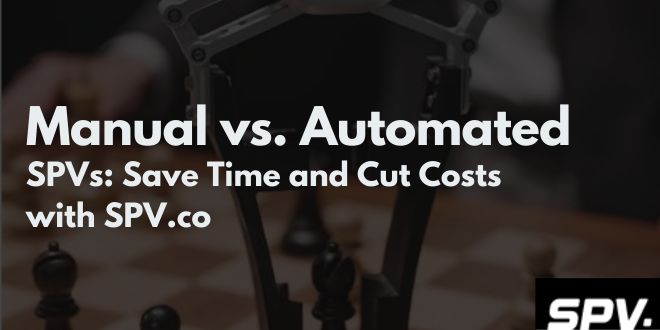


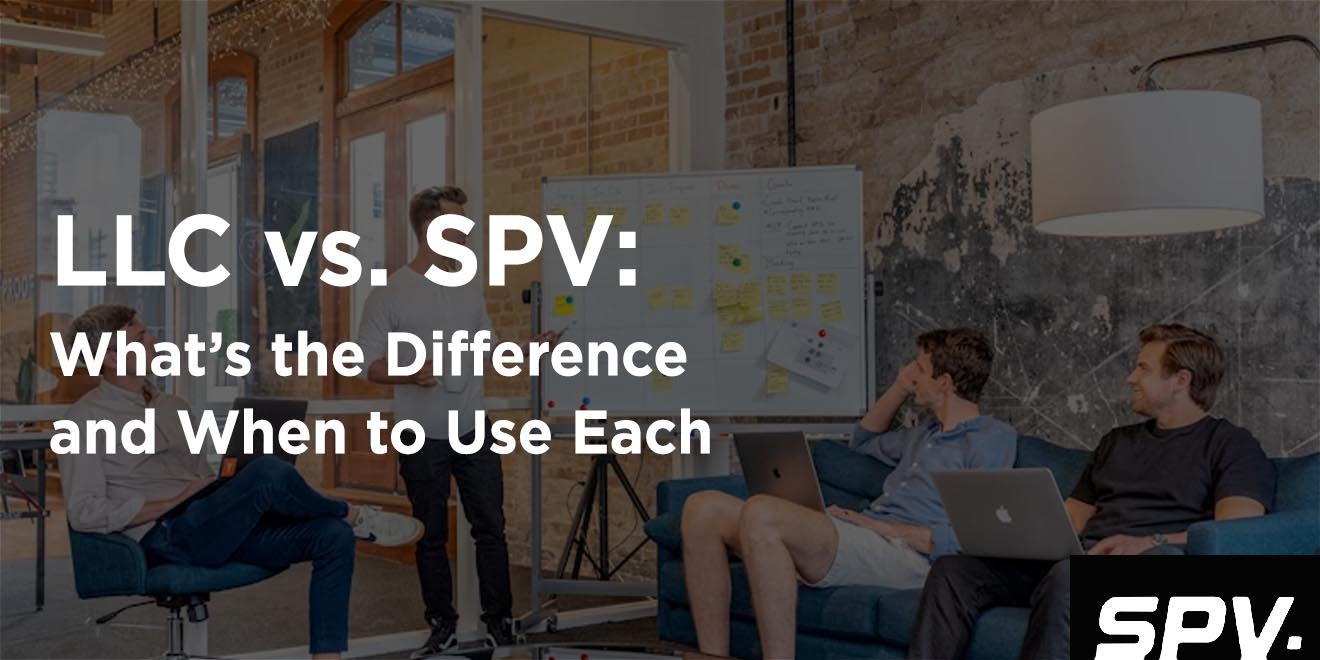
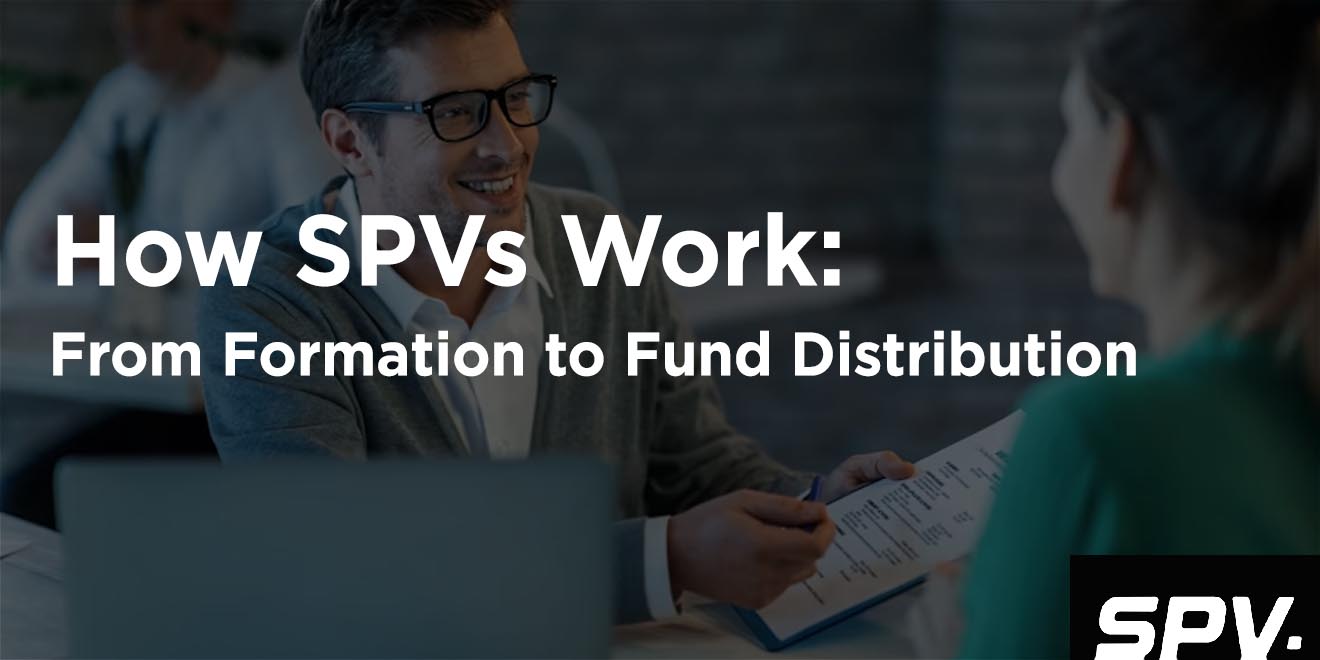







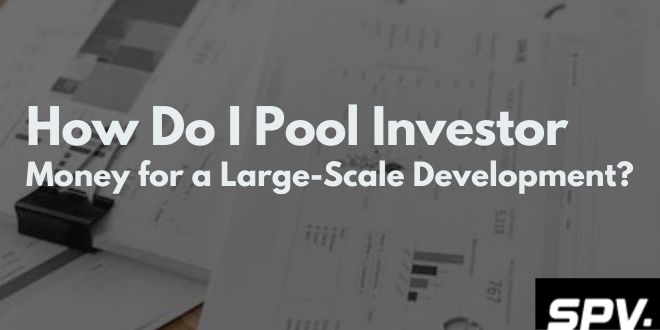


.jpg)










.jpg)




.jpg)
.jpg)




